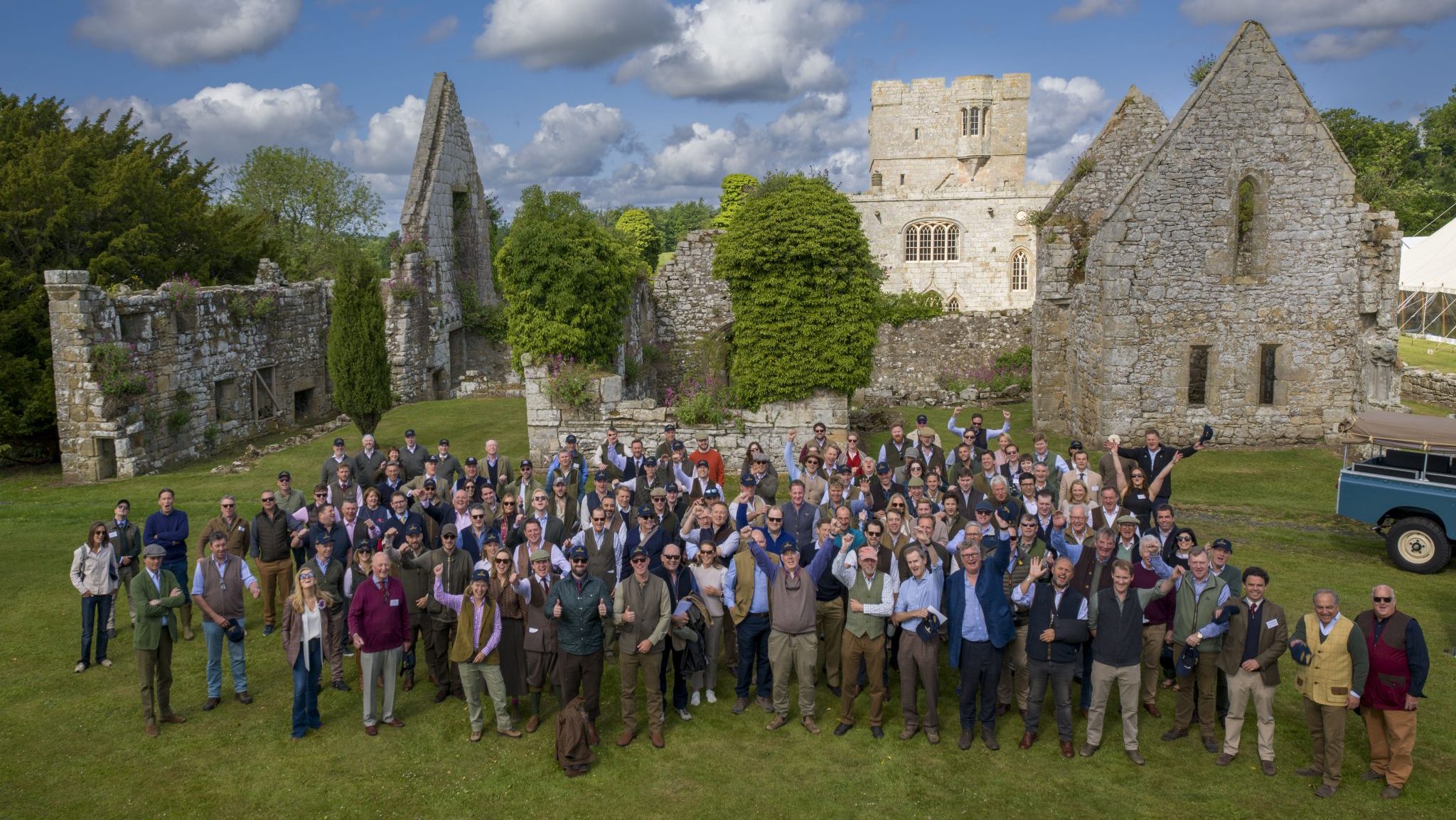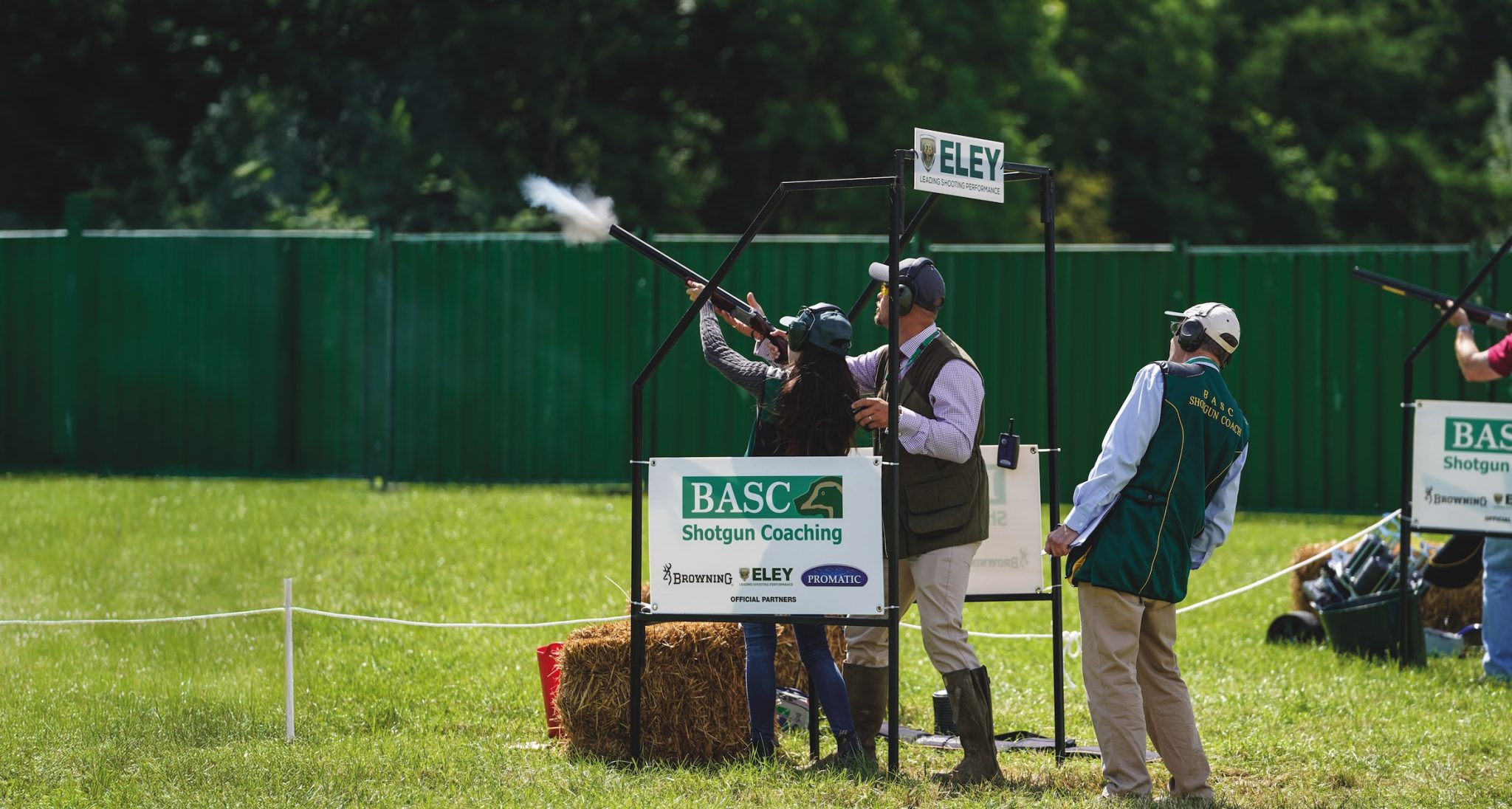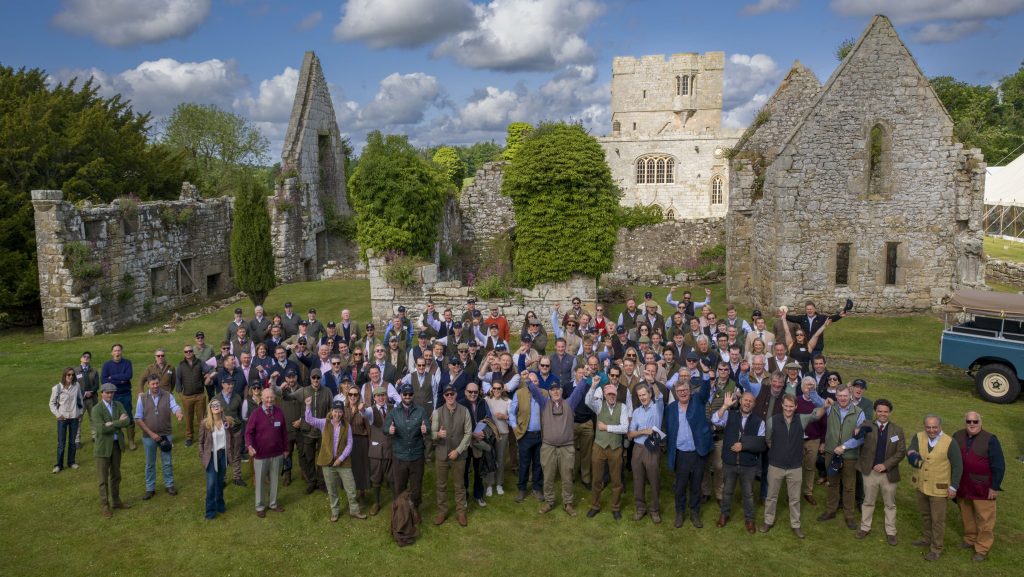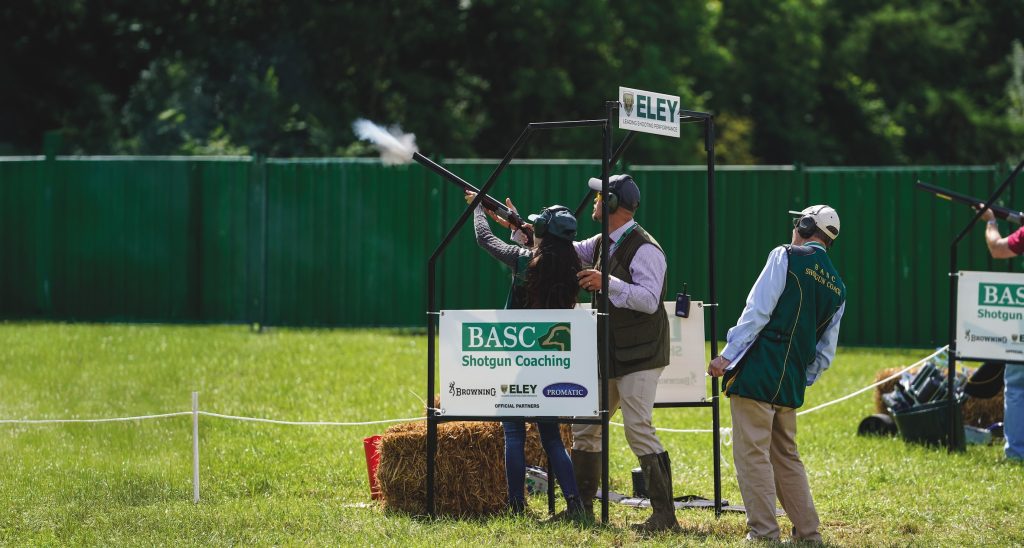News
Why foraging is such an invaluable skill
Would you like to speak to our readers? We offer sponsored articles and advertising to put you in front of our audience. Find out more.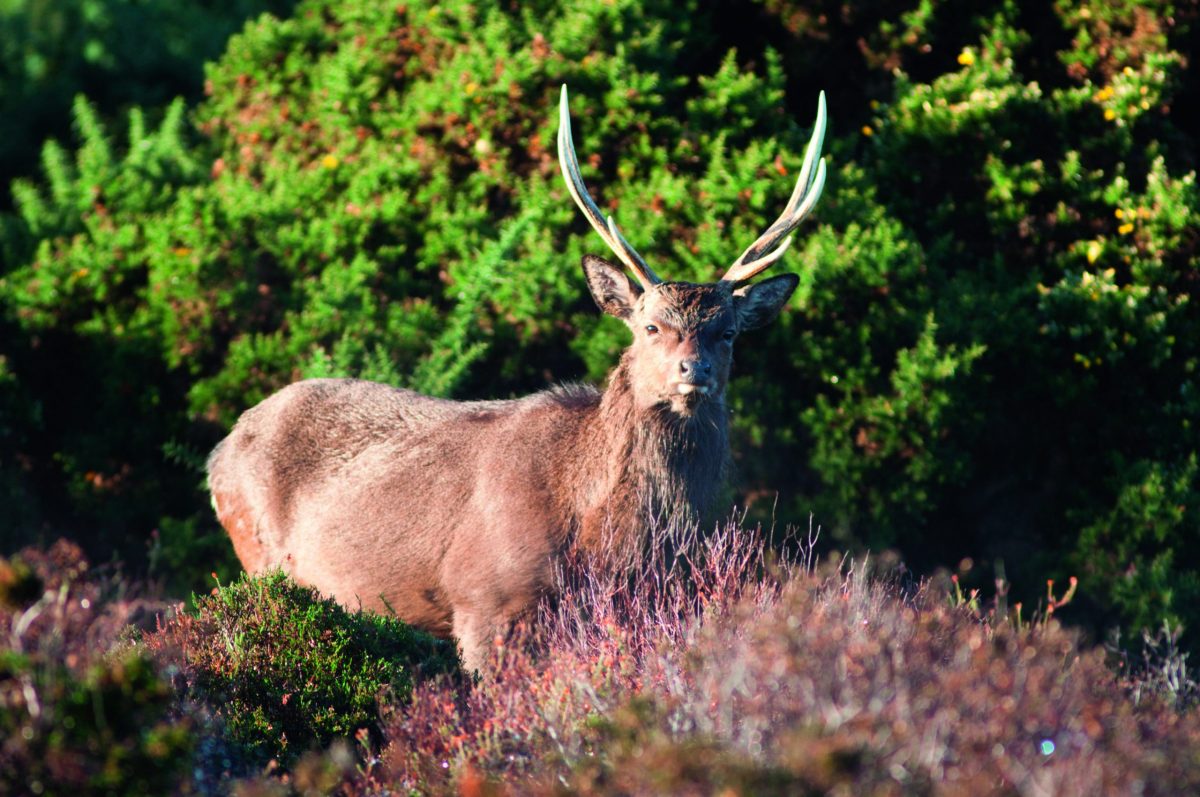
It’s mushroom season, and what a year it has been for them thus far. For those of us who stalk in woodland, this time of year offers such an opportunity to practise humanity’s oldest pastime — hunting and gathering. Any outdoorsman or woman who doesn’t reap some of the bountiful edible plants and mushrooms that Britain has to offer is truly missing a trick; our country is full of tasty, fresh and free food, if you know what you’re looking at.
Foraging complements the seasonal diet well, as, due to our climate, there’s pretty much something on offer in every season. Like hunting, it engages parts of our brain not often stimulated in the modern world, and invokes age-old, traditional knowledge that we should endeavour not to lose to the passage of time. As the nation becomes more and more dependent on processed foods and sketchy supply chains, it is vitally important that we keep not only the fieldcraft of hunting alive, but also that of foraging.
Self-sufficiency is incredibly important, on both an individual level and a national level. It’s why it is so important that we support British farming and eat what is native to this island as often as possible. Foraging is simply another way to embrace that concept, and a rewarding one at that. Trust me, it gets addictive.
Last stag season at my gillie job, I found myself up to my neck in chanterelles, birch boletes and my most prized quarry, terracotta hedgehogs. Throughout this September, however, I have been venturing off into the denser stands of spruce, primarily in search of sika, but with an ulterior motive up my sleeve — pine and king boletes. My grocery bills in the autumn are tiny thanks to these versatile wee buggers. Find a big one and it’s a meal in itself. Pair them with a bit of venison steak and you’ve got it made. They’re fantastic
in soups and casseroles, and a good family of mushrooms for beginners, due to their recognisability. I also found my first cauliflower mushroom this season.
I was heading out of the wood after a successful morning stalk and caught something weird out of the corner of my eye. I hit the brakes, skidded to a stop and, sure enough, there was a monster cauliflower. Another day and it would’ve been past its best. I cut off the good bits and added them to a turkey thigh and wild mushroom casserole. It was excellent.
Fine snacks
Of course, it’s not just mushrooms that a stalker may happen across. Last month, the brambles were ripe for the picking; a roe haunch (or a pigeon) roasted with brambles is a real treat — add some fresh plums and shallots to enhance. The foraging fun isn’t exclusively for the woodland stalker, either, though we may have a wider selection; the hills and moors offer blaeberries and cloudberries, both of which make a fine snack for a gillie waiting on the radio to crackle. Both species make fine jams and I’ve used blaeberries to make a sweet whisky, which was delightful but lethal.
For those in coastal areas, dusle is a fantastic addition to a venison surf ’n’ turf. I like to make it into crisps for a bit of texture or add its flavourful cousin, pepper dulse, to butter to fry scallops in. Wrack bread is a must-try and the inconspicuous wrack siphon weed makes an amazing spice to be added to a venison curry. All of these flavours particularly complement red venison and goat meat.
Of course, foraging has its dangers, but with research and vigilance these risks can be dispelled. I’d encourage anyone spending time in the woods this season to get a few reference books and start learning how to identify edible plants and mushrooms out there. For those who pursue deer and spend a lot of time in the woods, it is an invaluable skill.
Related articles
News
Duke's Challenge raises record-breaking £685,000 for GWCT
The shooting community has backed wildlife conservation in spectacular fashion, raising a record-breaking £685,000 for GWCT
By Time Well Spent
News
‘So what exactly do you lot do, then?’
You’d be surprised how many projects staff and volunteers deliver, as well as BASC’s vital work helping members, says Conor O’Gorman
By Time Well Spent
Manage Consent
To provide the best experiences, we use technologies like cookies to store and/or access device information. Consenting to these technologies will allow us to process data such as browsing behavior or unique IDs on this site. Not consenting or withdrawing consent, may adversely affect certain features and functions.
Functional Always active
The technical storage or access is strictly necessary for the legitimate purpose of enabling the use of a specific service explicitly requested by the subscriber or user, or for the sole purpose of carrying out the transmission of a communication over an electronic communications network.
Preferences
The technical storage or access is necessary for the legitimate purpose of storing preferences that are not requested by the subscriber or user.
Statistics
The technical storage or access that is used exclusively for statistical purposes.
The technical storage or access that is used exclusively for anonymous statistical purposes. Without a subpoena, voluntary compliance on the part of your Internet Service Provider, or additional records from a third party, information stored or retrieved for this purpose alone cannot usually be used to identify you.
Marketing
The technical storage or access is required to create user profiles to send advertising, or to track the user on a website or across several websites for similar marketing purposes.

